PaiAudio DM2A In-Ear Monitor Review

PaiAudio DM2A In-Ear Monitor Review
Introduction:
PaiAudio (Shenzhen Paiaudio Electronics Co. Ltd) is a Chinese company located in Shenzhen – China that is specialized in manufacturing high-end earphones like Earbuds and IEM’s.
The PaiAudio DM2A is an In-Ear Monitor with a Hybrid Driver Configuration, which features 2 x Balanced Armature (WBFK-30095 + RAB-32768) Drivers + 1 x 14mm Diameter Dynamic Driver.
Website: http://www.paiaudio.com/

Disclaimer:
The DM2A In-Ear Monitor sample was provided to me by PaiAudio via Penon Audio. I am not affiliated with PaiAudio or Penon Audio beyond this review and these words reflect my true and unaltered opinions about the product.
Price and Purchase Link:
The actual retrial price for the PaiAudio DM2A is 139,00 USD and can be purchased under the link below;
Penon Audio: https://penonaudio.com/paiaudio-dm2a.html
Package and Accessories:
The PaiAudio DM2A came in a small transparent plastic box.

Inside the box are the following contents/accessories;
- 1 pair x PaiAudio DM2A In-Ear Monitors
- 1 pcs x detachable cable with 2-Pin 0,78mm male connectors
- 5 pairs x Silicone Ear Tips
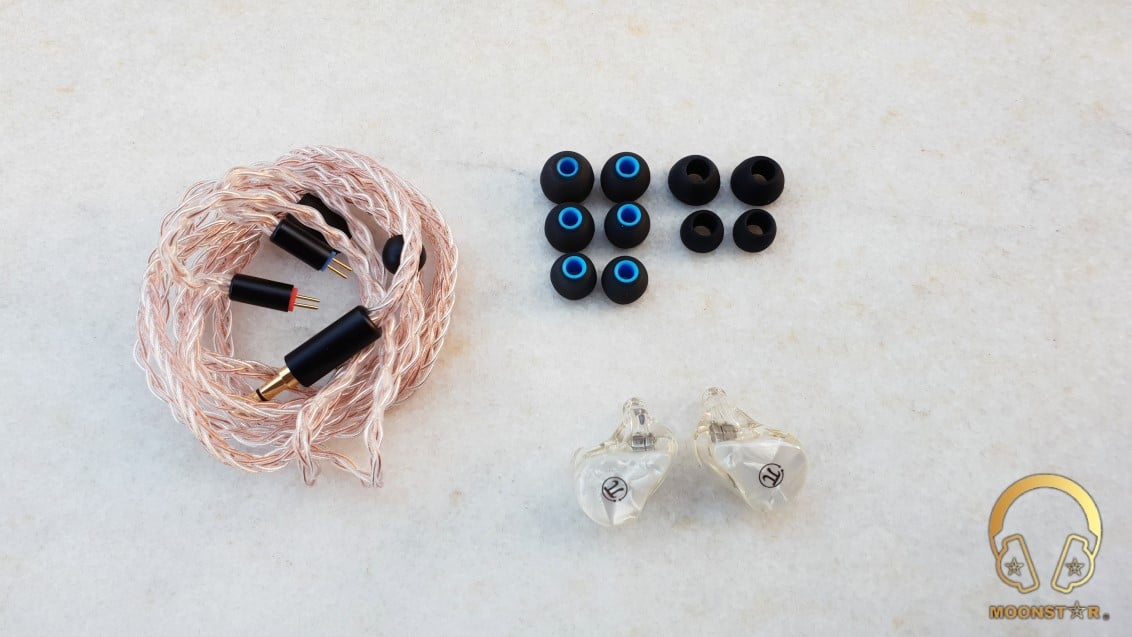
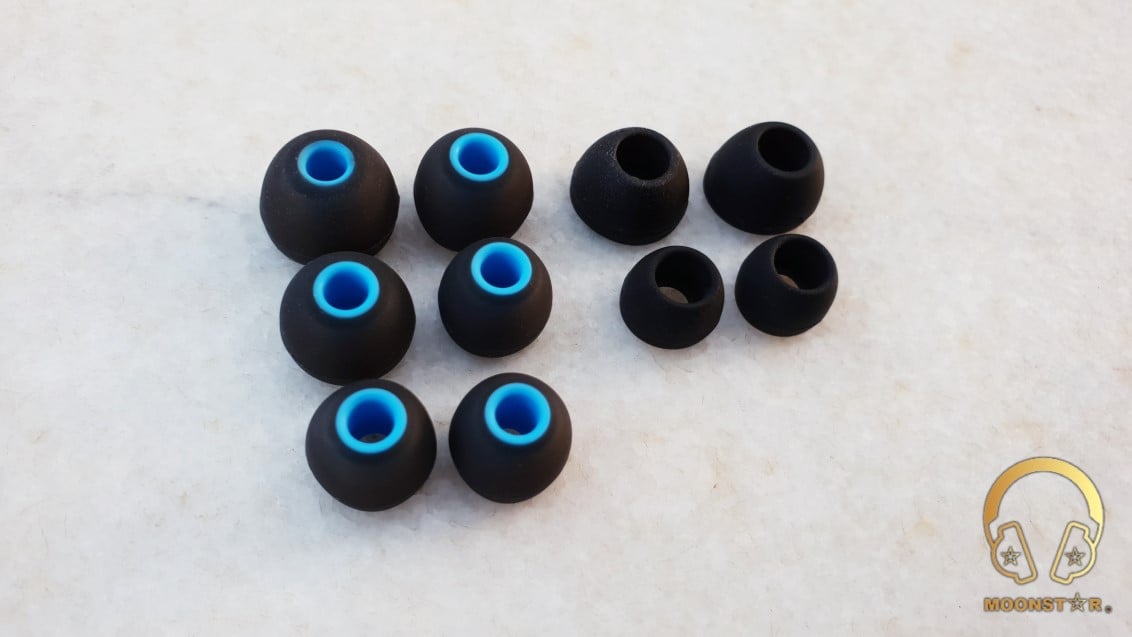
Design, Fit and Build Quality:
The PaiAudio DM2A has a semi-custom shape transparent acrylic shell with a fairly good build quality that sits pretty comfortable in my average sized ears without to hurt them even after long listening periods (2-3 hours), while the performance in terms of noise isolation is on an average level.

The 2 Balanced Armature drivers and the Dynamic Driver with a diameter of 14mm are clearly visible inside the transparent monitor housing.
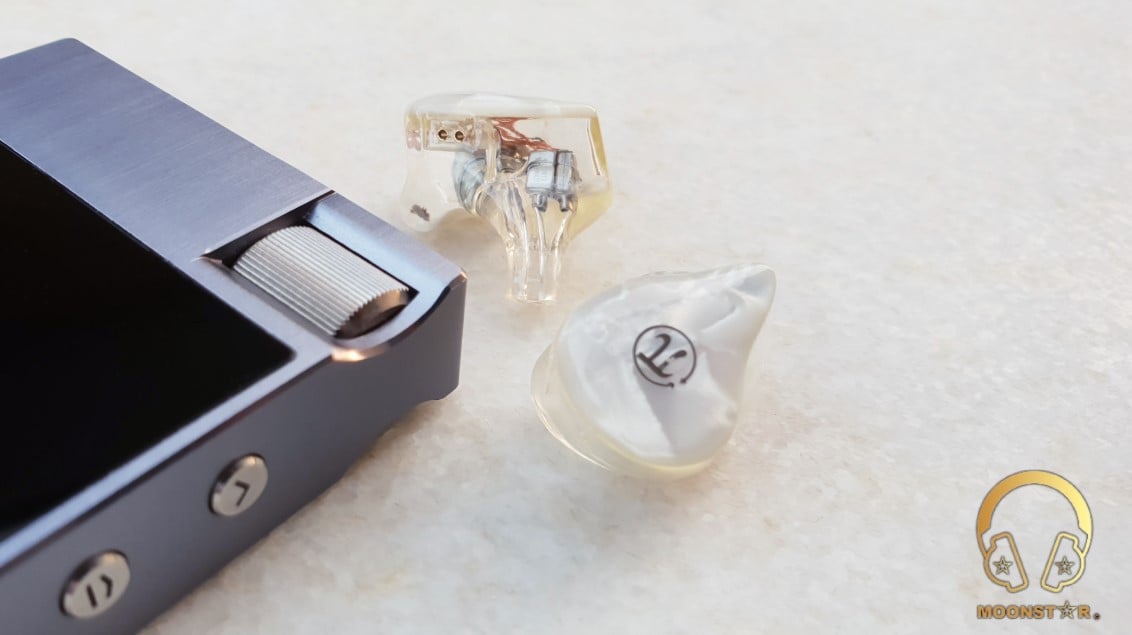
The DM2A has a nice faceplate design with the PaiAudio logo which is a Pi symbol on the top.
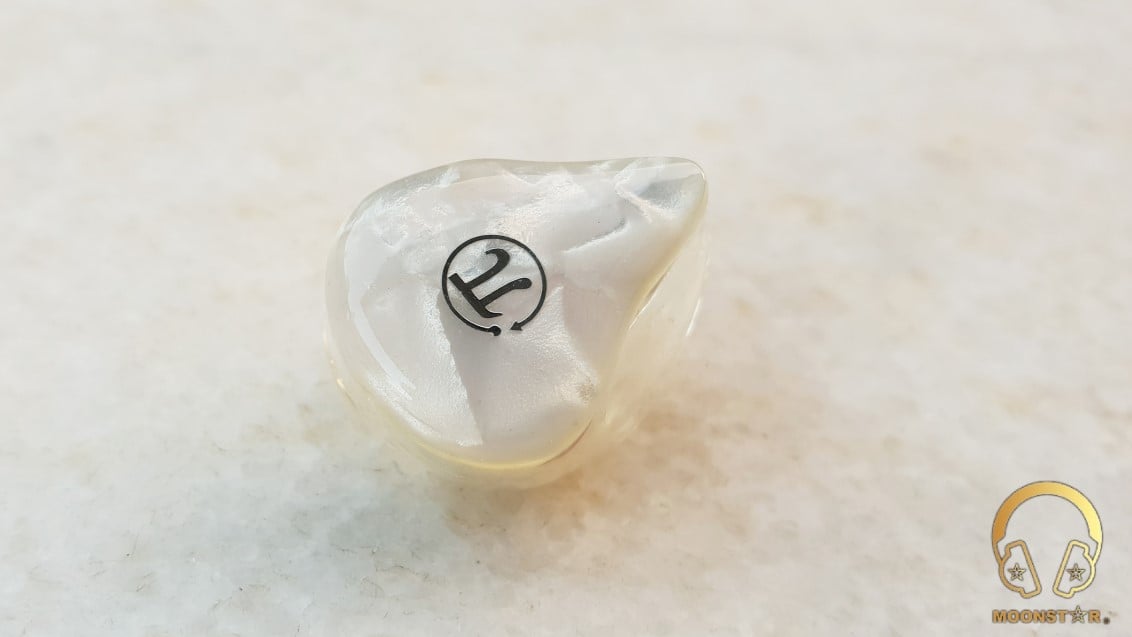
At the rear side of the monitor shell is a small vent.

On the top of the DM2A housing is the 0.78mm diameter 2-Pin connectors.
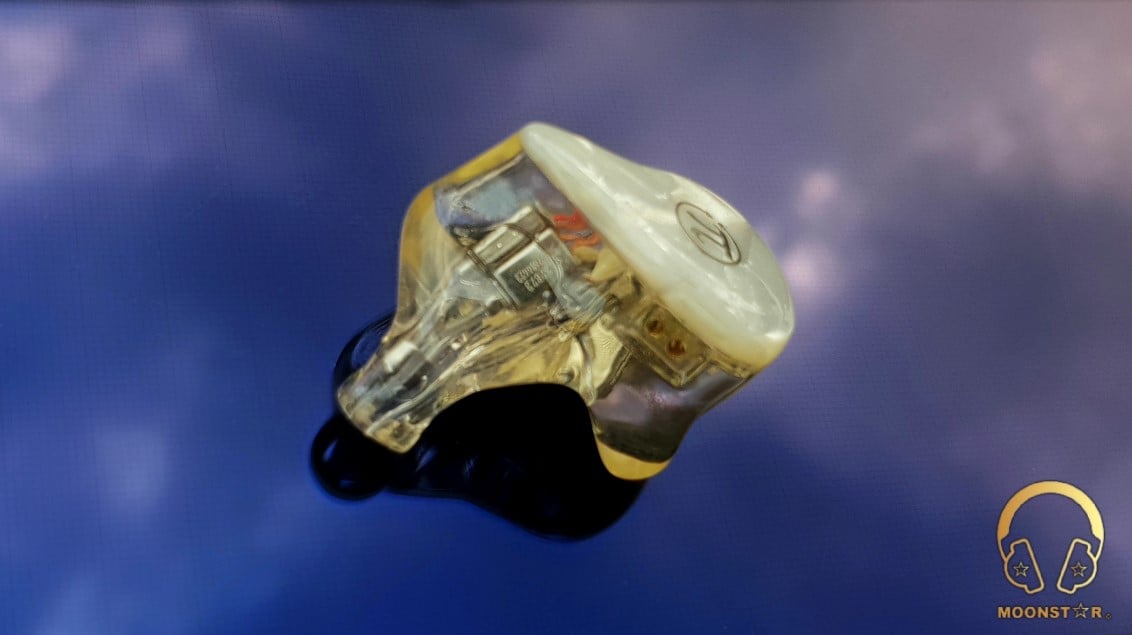
The sound nozzle of the PaiAudio DM2A has two bores for the 2 way configuration.

The Cable:
The detachable cable of the DM2A has a nice braided design with a transparent PVC isolation.
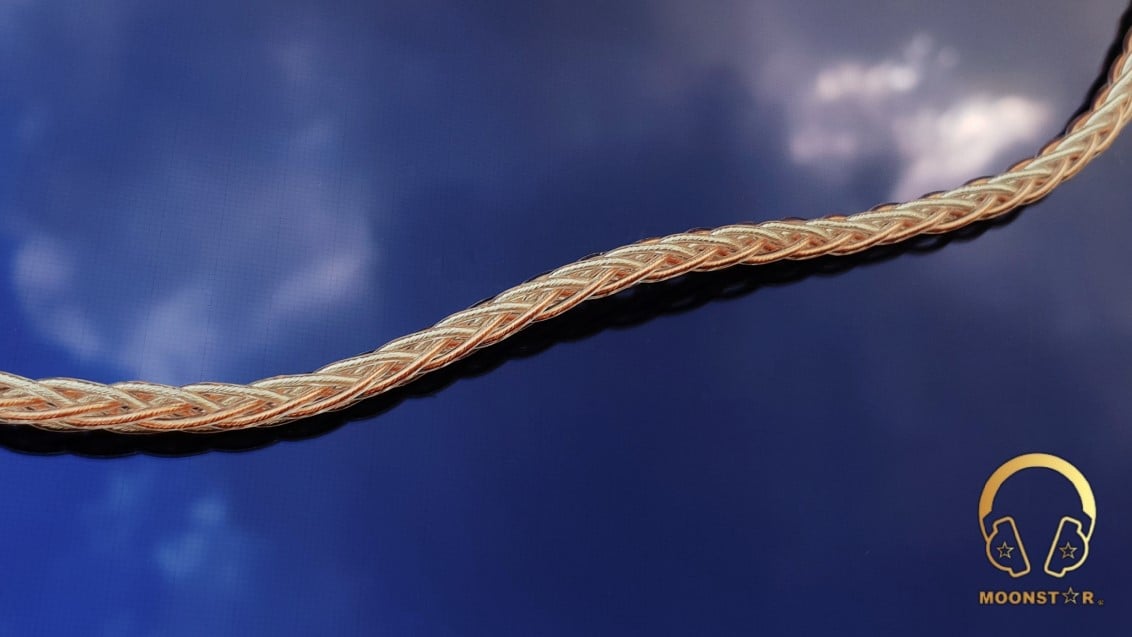
The 2-Pin male connectors have a metal housing in black color which sports also left (blue) and right (red) ring indicators.
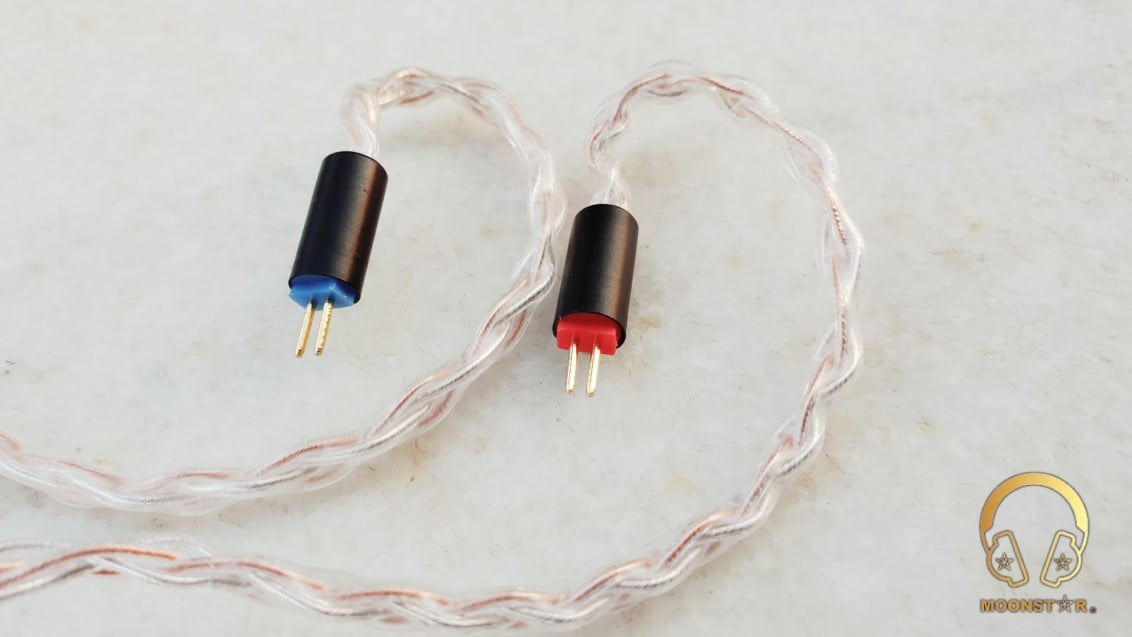
This cable has also flexible heat-shrink ear guides on both sides.
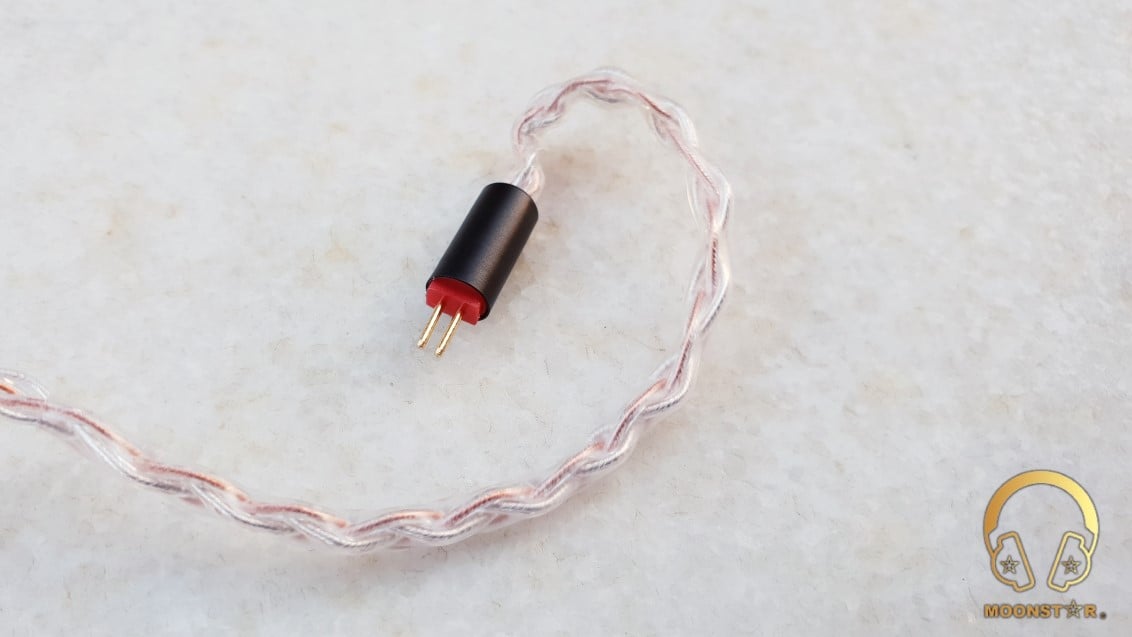
The braided cable of the DM2A has also a y splitter and the chin slider which are also in black color.

The 3.5mm TRS headphone plug has a straight profiled metal housing in black color.
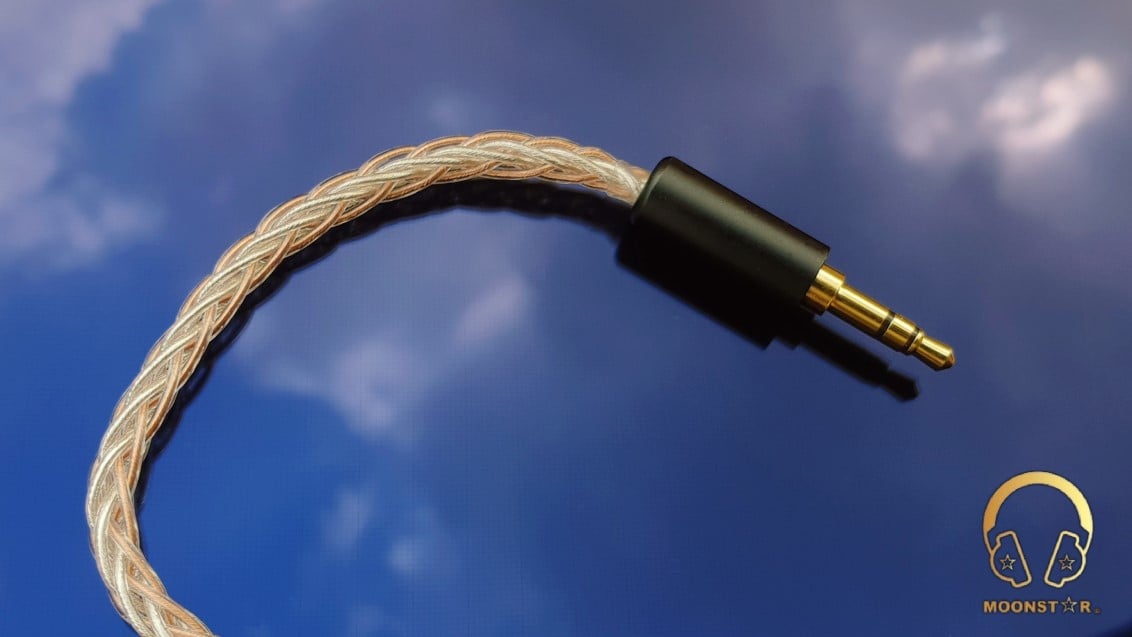
Fit and Comfort:
The semi-custom monitor shell of the QoA Pink Lady is pretty comfortable and was fatigue-free during some long listening periods (approx 2-3 hours),
Technical Specifications:
- Driver Configuration : Hybrid Driver Configuration 2 x BA + 1 x DD
- Balanced Armature : 2 x BA Drivers (WBFK-30095 for Treble) + RAB-32768 (for Midrange)
- Dynamic Driver : 1 x 14mm Diameter Dynamic Driver
- Impedance : 16ohm
- Sensitivity : 110±3dB
- Frequency response : 20 Hz – 18 kHz
- Connector Type : 2-Pin 0,78mm
- Cable : detachable 3.5mm with 1.3m length
Drivability:
The PaiAudio DM2A has a fairly low impedance of 16Ω and a sensitivity of 111dB, which makes it compatible with relative weak sources like Smartphone’s, Tablet’s and DAP’s with weak amplification.
Equipment’s used for this review:
IEM’s : PaiAudio DM2A, FiiO F9 Pro, TFZ King II
DAP&DAC’s : QLS QA361, iBasso DX220, Cayin N5II, Xduoo XD-10 Poke
Albums & tracks used for this review:
- Gogo Penguin – Raven (Flac 24bit/192kHz)
- Otto Liebert& Luna Negra – The River (DSF) – Binaural Recording
- Vivaldi – Le QuarttroStagioni “The Four Season” (Wav 24bit/88kHz)
- Michael Jackson – Billie Jean (Flac 24bit/96kHz)
- Elton John – Your Song (Flac 24bit/192kHz)
- David Bowie – Black Star (Flac 24bit/96kHz)
- Dave Gahan – Kingdom (Flac 16bit/44.1kHz)
- Eric Clapton – Unplugged Album (Flac 24bit/96kHz)
- B.B. King – Riding With The King (Flac 24bit/96kHz)
- First Aid Kit – My Silver Lining (Flac 16bit/44.1kHz)
- London Grammar – Interlude (Live) (Flac 24bit/88kHz)
- Aretha Franklin – I Say a Little Prayer (Wav 16bit/44.1kHz)
- Diana Krall – So Wonderful (DSF)
- Laura Pergolizzi – Lost On You “Live at Harvard and Stone” (Wav 16bit/44.1kHz)
- No Doubt – Hella Gut (Spotify)
- Rush’s – Leave That Thing Alone (Flac 16bit/44.1kHz)
- Liquid Tension Experiment 2 – Acid Rain (Flac 16bit/44.1kHz)
- Twerl – Lishu (Spotify)
- U2 – Sunday Bloody Sunday (Flac 16bit/44.1kHz)
- Opeth – Windowpane (Wav 16bit/44kHz)
- Metallica – Sad but True (Flac 24bit/96kHz)
- Megadeth – Sweating Bullets (Flac 24bit/96kHz)
- Slayer – Angel of Death (Flac 24bit/96kHz)
- Armin Van Buuren – Vini Vici (Spotify)
- Lorde – Royal (Flac 24bit/48kHz)
- Photek – The Hidden Camera (Spotify)
- Tom Player – Resonace Theory (16bit/44.1kHz)
- Massive Attack – Angel (Flac 24bit/192kHz)
- Portishead – The Hidden Camera (MP3 320kHz)
The Sound:
The PaiAudio DM2A has a V shaped sound signature with a pretty high fun factor. The tonality is slightly warmer than neutral, while the bass is strong and deep, the midrange is musical/smooth and the treble range is pronounced/bright in its presentation.
The Bass:
The DM2A is producing a big subbass with strong rumble, while the extension is on an average level. The subbass has good depth and intensity and shows a prominent and dominant character that will satisfy with multiple genres, from electronic music up to faster genres like metal music. I can confirm that the dynamic drive does a very good job in terms of subbass performance. One other remarkable feature is the subbass control of the DM2A.
The midbass region shows slightly less quantity and emphasis compared to the subbass and has also a more neutral tonality. The impact of the midbass is pretty good and is able to hit hard. Instruments like cross drums are sounding accentuated; snare drums are bassy and fast, while bass guitars have a slightly warmish and bold tonality.
The PaiAudio DM2A has in general a fairly fast, tight and controlled bass presentation. The bass is very balanced and doesn’t sounds muddy or overdone. From Armin Van Buuren to Megadeth tracks, the speed of the bass is sufficient and pretty satisfying.

The Midrange:
The PaiAudio DM2A has a musical, slightly warmish and clean midrange presentation, which shows also an above average clarity and airiness. The midrange presentation is a bit recessed due to the V shaped sound signature.
Vocals:
The lower midrange of the DM2A has a good depth and tonality that doesn’t shows any negatives characteristics like dryness or thinness. This tuning makes male vocals pretty realistic and musical. The voice reproduction of male vocals has good depth and fullness, while the resolution and clarity are on a good level.
The upper midrange of the PaiAudio DM2A is more pronounced than the lower midrange and is presented in a pretty controlled way, which makes the female vocal presentation musical and transparently, without to show any remarkable sibilance or harshness.
In this way, I like to hear the female vocals. Female vocals sounding generally more detailed than male vocals due to the stronger upper midrange emphasis and extension.
Instruments:
The PaiAudio DM2A has a slightly warm and musical instrument tonality. Everything sounds fairly natural, from guitars to the violins. Guitars are a bit warmish, bassy and very clean in its presentation, while violins play in a slightly bright and warmish tonality, without to be harsh or sibilant. Other instruments such as the violas are reproduced in a rather full and emotional way.
I can also confirm that the DM2A performs pretty well in terms of vocal and instrument separation.

Upper Midrange & Treble:
The PaiAudio DM2A has a slightly warm, balanced, transparent and controlled upper midrange tuning. It sounds not too recessed or too much in foreground and shows a pretty strong emphasis.
The upper midrange passages are quite controlled and smooth in its presentation and don’t show any remarkable sharpness or sibilance.
From female vocals to instruments such as violins, pianos or flutes, upper midrange intensity and extension are on a good level.
The PaiAudio DM2A has bright, neutral and strong treble presentation with good extension. This strong upper midrange and treble emphasis makes the DM2A to an airy and detailed sounding In-Ear Monitor.
The lower treble region has a good level of intensity and extension, while the upper treble area shows less intensity and extension. There is a slight amount of sibilance in the lower and middle treble region of PaiAudio DM2A.
The treble extension, detail and speed of the PaiAudio DM2A while listening to instruments like hi-hats, crash and ride cymbals is quite successful.
The Soundstage:
The PaiAudio DM2A has a sufficient soundstage expansion for a fairly precise instrument placement and separation. The soundstage is in general pretty wide and deep for an In-Ear Monitor at this price category, while it has a better performance in terms of soundstage depth.
Some Short Comparisons:
PaiAudio DM2A versus TFZ King II:
The TFZ King II is an in-ear monitor with a fun, V-shaped sound signature that features sweet / lush mids, a fairly deep and fast bass, and a fairly controlled treble presentation.
The PaiAudio DM2A has the upper hand in terms of subbass depth and quantity, while the TFZ King II shows better bass speed and tightness.
The midrange of the TFZ King II is slightly more recessed compared to the PaiAudio DM2A. The male vocal presentation of the King II is fuller, while the DM2A shows better clarity and detail retrieval.

The PaiAudio DM2A is superior to the TFZ King II in terms of female vocal transparency and detail.
The upper midrange and treble region of the TFZ King II have moderate emphasis, while the emphasis of the PaiAudio DM2A is stronger and with better extension. This makes the overall presentation of the DM2A more airy and detailed.
The soundstage of the TFZ King shows better width, while the PaiAudio DM2A has slightly better depth.
PaiAudio DM2A versus FiiO F9 Pro:
The FiiO F9 Pro has a mildly V shaped sound signature with a fairly linear bass response and good midrange/treble detail and clarity reproduction.
The FiiO F9 Pro has an average performance in terms of subbass depth. The PaiAudio DM2A on the other hand shows a better subbass depth and extension. The F9 Pro are shows a slightly advantage in terms of bass speed and tightness. The midbass impact and slam effect of the DM2A is higher, while the F9 Pro sound more linear/flat in response.
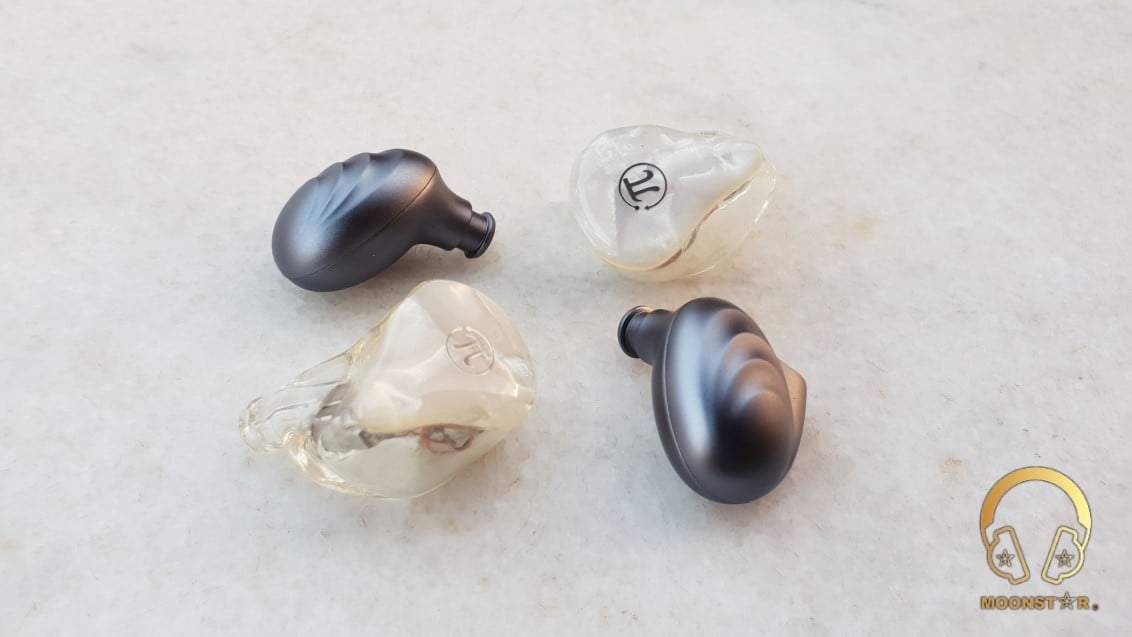
The midrange of both IEM’s is balanced and shows good clarity. The lower midrange of the DM2A shows better depth, which makes it more successful with male vocals. Female vocals, on the other hand have are fairly detailed with both IEM’s. The female vocals of the F9 Pro are more prone to sibilance than the DM2A.
The upper midrange and treble region of the FiiO F9 Pro sounds a bit warmer in tonality compared to the PaiAudio DM2A. The lower treble intensity of both IEM’s is pretty close, while the DM2A has the upper hand in terms of upper treble intensity, control and detail retrieval.
The soundstage width of the PaiAudio DM2A and FiiO F9 Pro is quite identical in its presentation, while the DM2A shows slightly more depth.
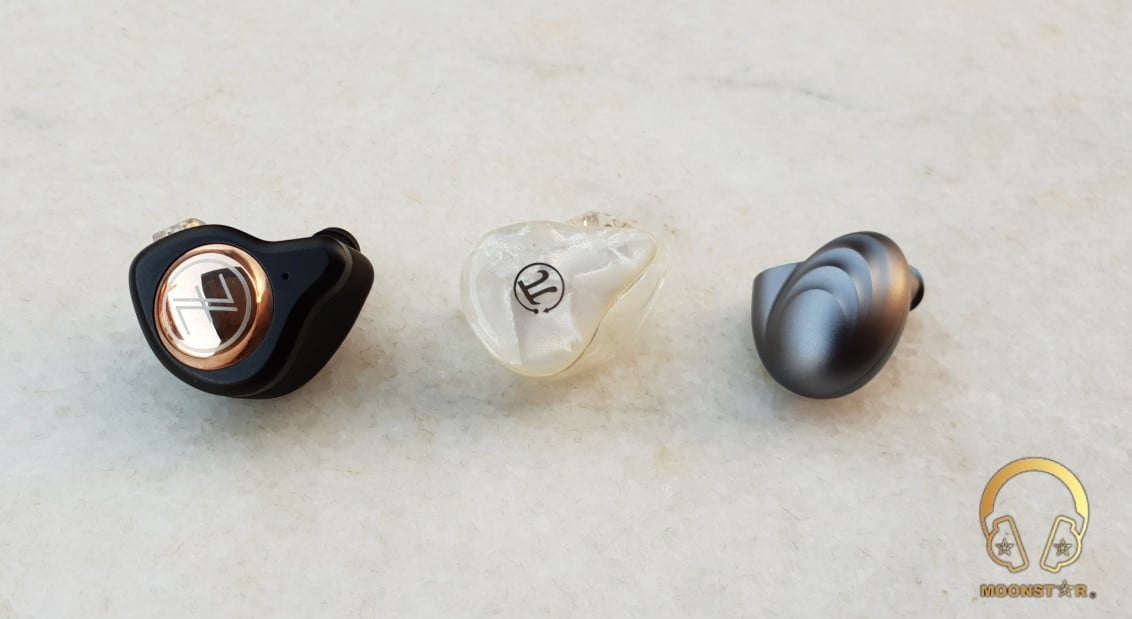
Conclusion:
The DM2A is a nice looking In-Ear Monitor with a well tuned V shaped sound signature that offers a good detail retrieval and musicality with a clean midrange and fast bass response that performs in my opinion above its price range.
Pros & Cons:
- + Well tuned V shaped sound signature
- + Subbass performance (depth and extension)
- + Upper midrange tuning
- – Some sibilance in the upper treble region

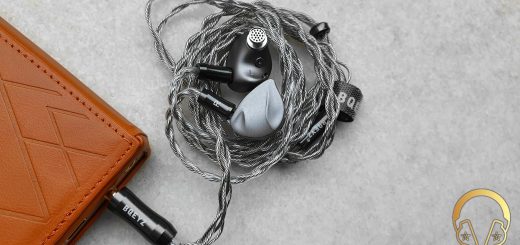










Does DM2A have a good presentation of EDM like Wake Me Up/Avicii?
Hi, the presentation of the DM2A is pretty successful in terms of speed and control, while it is not an suitable IEM for bass-heads.
Hmm, I see. Thank you for your reply.
You are welcome!
I was very interested to read your Penon Sphere review.Is Penon Sphere also not suitable for EDM? Is it less suitable than DM2A?
If you are looking for something suitable for EDM I would recommend you the it01
The IT01 is the same type of dynamic driver as the TFZ KING PRO. The EDM I listened to on the PRO was great, though it recently broke. Instead of the KING PRO, I’m using its cheaper version, the My Love Edition.
I’m really looking for an all-rounder IEM. I’d be happy if the EDM wasn’t so bad.